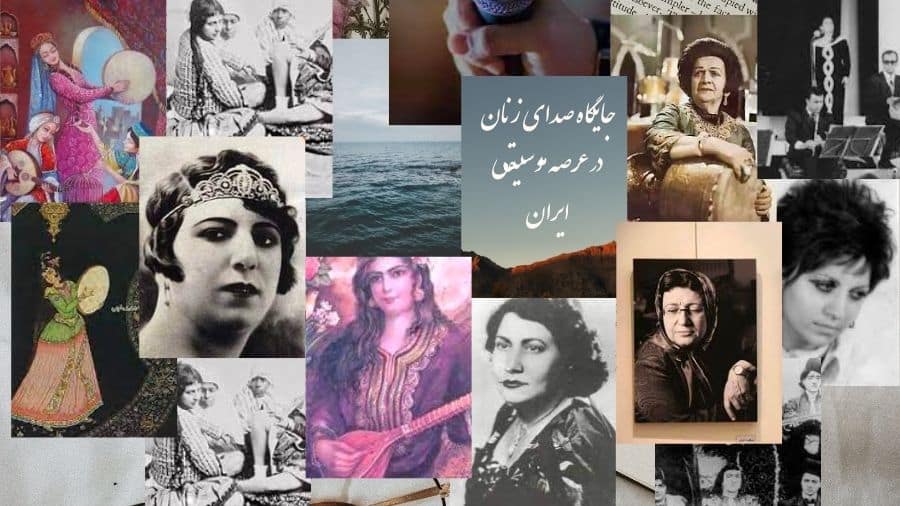Abstract
The art of music, along with singing, is always known as one of the cultural phenomena of every nation, which has remained for them since ancient times and is considered one of the characteristics of a nation’s identity. Iran’s cultural geography is not excluded from this category and has always nurtured countless arts in its context and brought them to the fore. The art of Iranian music has also progressed through different ages and centuries so that it can be seen in the icon of contemporary Iranian music. It can be said that the art of music, due to its different expression from other arts, has a more visible effect of the conditions of each period and shows more obvious features of the social situation of each nation, which after the Islamic Revolution of Iran, this art became a tool to suppress women and in a way The system has become patriarchal. Now, more than 4 decades have passed since the beginning of the Islamic Revolution of Iran and the coming to power of the Islamic Republic, the voice of women in different vocal fields of Iran has remained silent and it is as if they have been sentenced to indefinite imprisonment. What will be discussed in this research is the history of women’s presence in the field of music from ancient Iran to the present day. For this purpose, by looking at the historical sources of Iranian music, we will examine the presence of women in music, especially singing and ramshagari, and finally, by reaching the current period and relying on written documents that ban women’s singing in the social arenas of the present era, we will discuss this category. we will pay.


